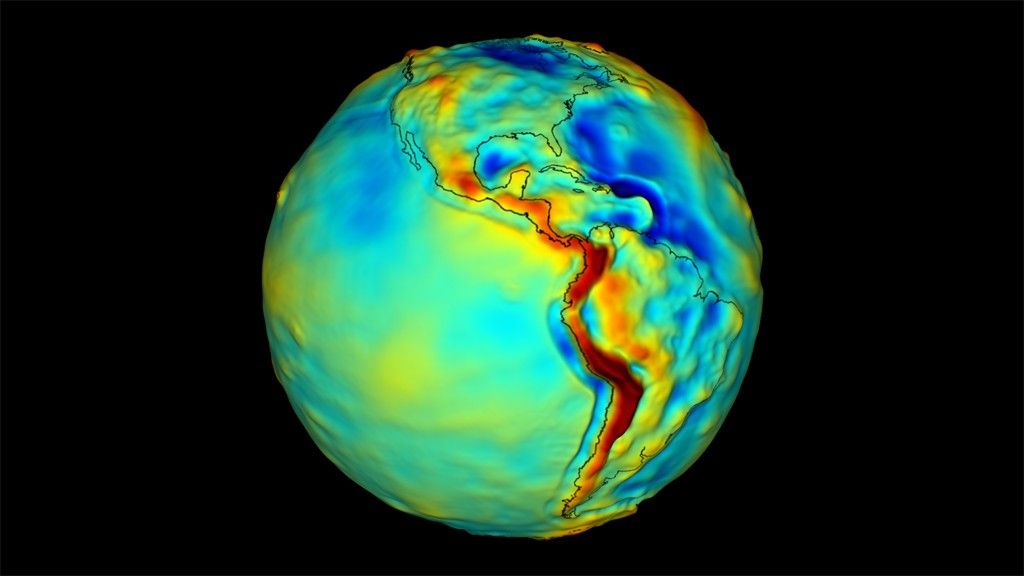Quantum Gravity Gradiometer Pathfinder
Scientists are currently developing a Quantum Gravity Gradiometer Pathfinder (QGGPf) that can detect minute variations in gravity from low Earth orbit. These subtle shifts can reveal critical information about subsurface structures, including aquifers and mineral deposits. The implications of this technology extend to navigation, resource management, and national security.
What is a Quantum Gravity Gradiometer?
A quantum gravity gradiometer is a device that measures variations in gravitational acceleration. It employs ultra-cold atoms as test masses. These atoms are cooled to near absolute zero, enabling them to exhibit wave-like behaviour. The QGGPf will track the differences in the acceleration of these atoms to detect gravitational anomalies.
How Does It Work?
The instrument uses two clouds of ultra-cold rubidium atoms. As these atoms fall, they are influenced by gravity. By comparing the acceleration of two nearby clouds, scientists can identify differences in gravitational strength. This process allows for the mapping of subsurface features with remarkable precision.
Advantages of Quantum Sensors
Quantum sensors offer enhanced sensitivity compared to classical instruments. Estimates suggest that they can be ten times more sensitive in measuring gravitational changes. This increased sensitivity is crucial for detecting small-scale gravitational anomalies that traditional sensors may overlook.
Applications of QGGPf
The QGGPf can aid in mapping underground water sources and mineral deposits. This information is vital for environmental monitoring and resource management. Additionally, it can enhance navigation systems and contribute to national security efforts.
Compact Design and Portability
The QGGPf is designed to be compact and lightweight. It occupies approximately 0.3 cubic yards and weighs around 275 pounds. This small size allows it to be deployed on a single spacecraft, making it suitable for various space missions.
Future Missions and Collaborations
NASA plans to test the QGGPf in space near the end of the decade. This mission aims to validate the technology and explore its potential for planetary science and fundamental physics. Collaborations between NASA, small businesses, and academic institutions are crucial for advancing the sensor technology.
Enhancing Our Understanding of the Cosmos
The innovations from the QGGPf project could extend beyond Earth. They may provide vital information about distant planets and the fundamental role of gravity in the universe. The potential applications of this technology are vast and could reshape our understanding of both Earth and space.
Month: Current Affairs - April, 2025
Category: Science & Technology Current Affairs






